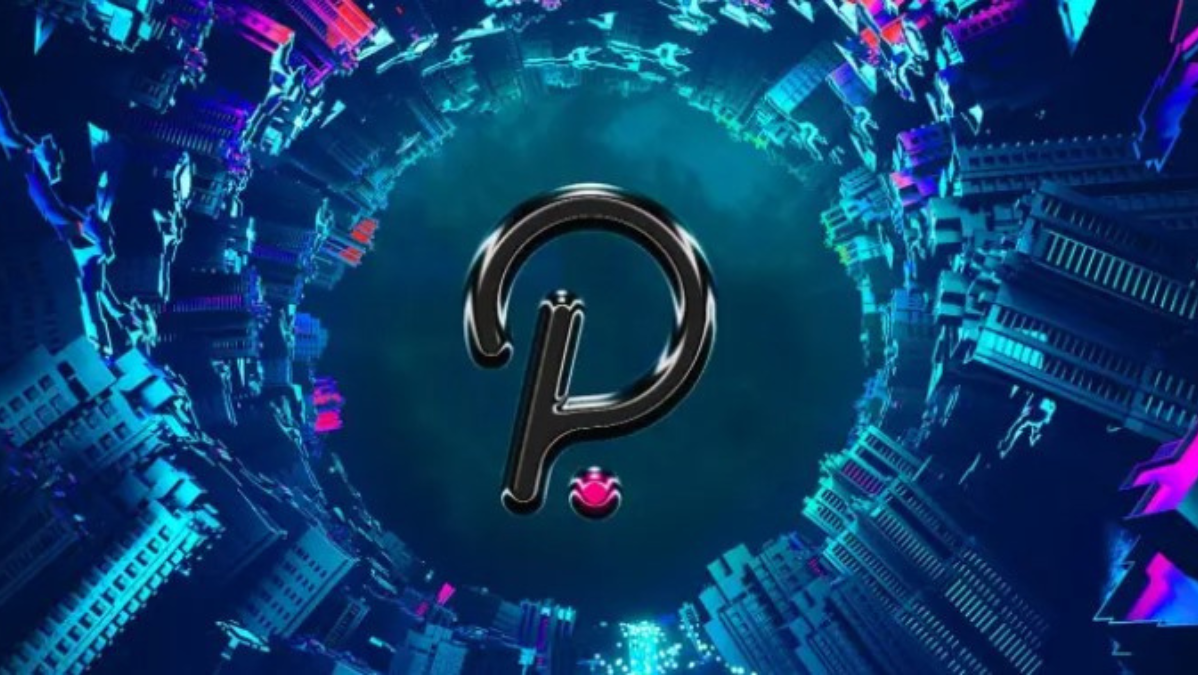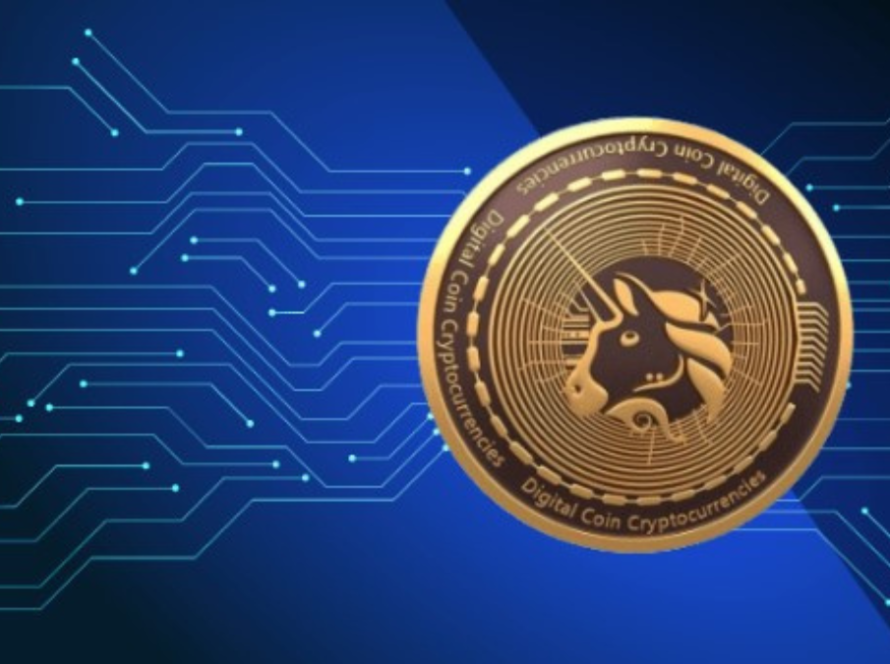This is Polkadot, a sharded blockchain protocol that unites an entire network of diverse blockchains into a single decentralized ecosystem. Polkadot makes it easier than ever for software developers, startups, and enterprises to make efficient use of blockchain technology in precisely the way that’s best for their projects.
Polkadot makes blockchain scalable and customizable. It also paves the way for cross-chain communication, transparent governance, and for the first time, a way to seamlessly upgrade blockchains.
How does Polkadot work?
Meet the “Polkadot Relay Chain”. This is the center of the Polkadot network. All blockchains on Polkadot are connected here like spokes connected to the hub of a wheel. Each blockchain connected to the relay chain can be optimized for a specific use case.
This allows teams to integrate exactly the effect they need and offers greater productivity and security than building on a general-purpose blockchain.
Teams can also drastically reduce the build time of their custom blockchain by building it with a substrate or modular development framework.
The relay chain allows Polkadot to process transactions from all chains in the network at the same time, drastically increasing scalability. This simultaneous transaction processing also called parallel processing is why blockchains on Polkadot are called “Para-chains”.
The relay chains also provide a secure way for chains to communicate with each other. Polkadot cross-chain messaging scheme allows chains to exchange any type of data, for example, a token, an account balance, or even information from the real world like a stock price.
This interoperability serves as an advocate for innovation in new types of services that leverage the specific capabilities of different chains, for example, for decentralized finance applications.
So what about Governance? Other blockchain protocols often have a small group of stakeholders making crucial decisions in an opaque way for the entire network. Polkadot is governed transparently on-chain by all stakeholders who wish to participate by proposing and voting on referenda using Polkadot native token “the DOT”.
Individual Para-chain crews or groups are completely efficient and free to control their blockchains in any way they see fit. When it comes to upgrades, the process of updating conventional blockchains can cause a hard fork, a divergence in the chain that can take months of work, and risks splitting a community in two.
It also enables bridges to other networks like Bitcoin, or Ethereum for cross-network functionality and communication. There has never been a protocol used for connecting diverse blockchains in one accord and allowing them to communicate safely with each other at scale in a decentralized way.
Polkadot makes blockchain technology accessible and practical for teams innovating real-world applications for a better future.
Also Read: Cardano Network
The Future of Polkadot
Polkadot had a successful launch and increased suddenly and powerfully to become the fourth-largest cryptocurrency by market cap in a very short space of time.
Polkadot is currently facing the challenge of maintaining and building on that success, fending off the competitors gripping at its heels.
However, it is not the only program or platform that is focused on improving interoperability, scalability, and governance.
Dfinity claims to have the solution to scalability, while WanChain is addressing interoperability.
Although, Cosmos has been pitched as Polkadot’s greatest competitor, and has been working on blockchain interoperability since 2014. Cosmos is widely similar to Polkadot and was launched in March 2019.
Presently, It is on a bullish run, although there have been a lot of predictions about Polkadot, It does not project the price to rise as rapidly. Its forecast shows that DOT will approach an average of $53.36 by the end of 2021, and then rise to an average of $63.50 in 2022. In 2023 price is expected to reach $75.10, and later take on its bull run to $159.97 in 2028.





